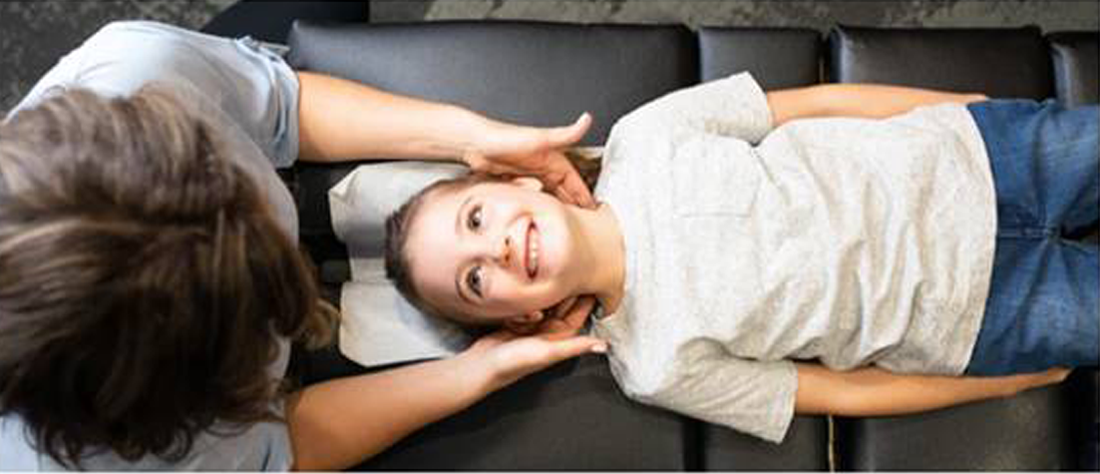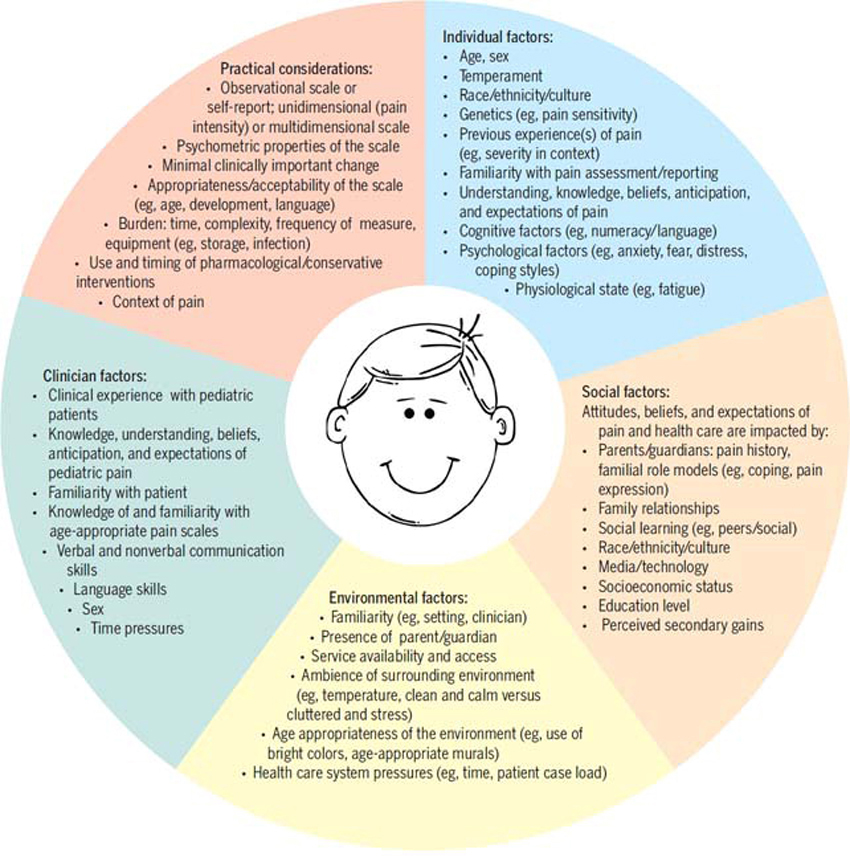Spinal Pain and Co-occurrence with Stress and General Well-being Among Young Adolescents: A Study Within the Danish National Birth Cohort
SOURCE: European Journal of Pediatrics 2017 (Jun); 176 (6): 807–814
Sandra Elkjær Stallknecht & Katrine Strandberg-Larsen & Lise Hestbæk & Anne-Marie Nybo Andersen
Department of Public Health, Section of Social Medicine,
University of Copenhagen,
Øster Farimagsgade 5, 1014, Copenhagen, Denmark.
This study aims to describe the patterns in low back, mid back, and neck pain complaints in young adolescents from the Danish National Birth Cohort (DNBC) and to investigate the co-occurrence of spinal pain and stress and general well-being, respectively. Cross-sectional data from the 11-year follow-up of DNBC were used. As part of a web-based survey, a total of 45,371 young adolescents between 10 and 14 years old completed the Young Spine Questionnaire, the Stress in Children Questionnaire, and a one-item question on general well-being. Associations between spinal pain and, respectively, stress and general well-being were estimated by means of multiple logistic regression models. Almost one fifth of boys and one quarter of girls reported spinal pain. Compared with adolescents who reported no stress, adolescents reporting medium and high values of stress had odds ratios (OR) of 2.19 (95% CI 2.08-2.30) and 4.73 (95% CI 4.28-5.23), respectively, of reporting spinal pain (adjusted for age, gender, and maternal education). Adolescents who reported poor general well-being had an OR of 2.50 (95% CI 2.31-2.72) for reporting spinal pain compared to adolescents with good general well-being.
CONCLUSION: Spinal pain in childhood and adolescence is strongly associated with spinal pain and generalized pain in adulthood. [2, 7, 11]. Therefore, it is of great importance to seek to treat and prevent spinal pain in children both to prevent discomfort for the child but also to reduce the individual and social costs of spinal pain in adulthood. If spinal pain among children and adolescents involves psychosocial well-being, then treatment as well as preventive initiatives might include psychosocial approaches, e.g., psycho education and development of appropriate coping strategies.
| There are more articles like this @ our: Pediatrics Section |
KEYWORDS: Back pain; Lumbar pain; Neck pain; School children; Thoracic pain
What is Known:
What is New:
|
From the Full-Text Article:
Introduction
Low back pain is a public health concern as it is the leading cause of years lived with disability, while neck pain ranks fourth [29], and spinal pain has enormous costs to both the individual and society due to disability pensions and treatment costs. [19] Spinal pain often presents early in life and the prevalence increases rapidly during adolescence to reach adult levels at the age of 18 years. [7, 14] A meta-analysis from 2013 found a point prevalence of low back pain of 12% among adolescents aged 9–18 years, whereas the 12-month prevalence was 34%. [3] However, the included studies showed great variation in the estimates of the prevalence. Estimates from the Nordic countries showed a weekly occurrence of spinal pain around 20% [28], and a small Danish study showed a lifetime prevalence of spinal pain of 86% in a population of adolescents aged 11–13 years with neck pain being the most prevalent. [1] However, little is known about pattern of spinal pain among adolescents.
Read the rest of this Full Text article now!







Leave A Comment